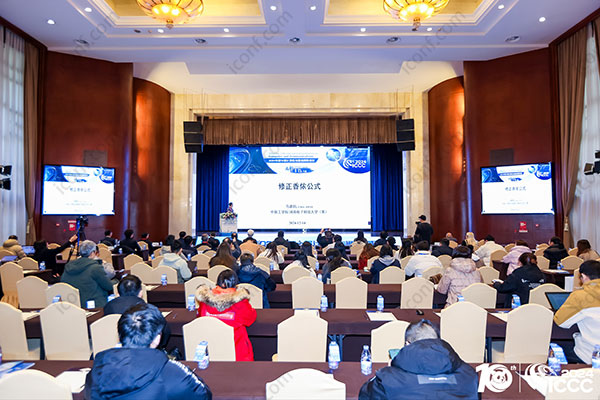

160 views||Release time: Aug 14, 2025
The Call for Papers (CFP) is your most important document. It's the conference's official invitation for submissions and contains all the rules.

Find the Theme: Does your research align with the conference's central theme and listed topics? A good fit is crucial. If your paper is about social media's impact on politics, submitting it to a conference on medieval literature will likely result in a quick rejection.
Identify Key Dates: Note the submission deadline (including the time zone!), the date for author notification (when you'll hear back), and the camera-ready deadline (the final version if you're accepted). Missed deadlines are non-negotiable.
Submission Type: Determine what you need to submit. Is it just an abstract (a short summary, ~300 words), an extended abstract (~1,000 words), or a full paper? For your first time, submitting an abstract or to a poster session can be a great, lower-pressure way to start.
Now it's time to write. Even if you're only submitting an abstract, it's wise to have a more developed draft of your paper ready.
Structure is Key: A standard academic paper follows a clear structure: Introduction (what's the problem and why it matters), Literature Review (what others have said), Methodology (what you did), Results (what you found), and Conclusion (what it means).
Master the Template: Most conferences provide a Word or LaTeX template. You must use it. Adhere strictly to their formatting rules for font, margins, spacing, and citation style (e.g., APA, MLA). Many conferences use software to automatically check formatting.
The Blind Review: Many academic conferences use a double-blind review process, meaning neither you nor the reviewers know each other's identities. This requires you to anonymize your manuscript. Remove your name, affiliation, and any self-referencing citations (e.g., instead of "As we found in our previous work (Author, 2024)...", write "As has been found in previous work (Author, 2024)..."). Check the document's properties to ensure your name isn't hidden in the metadata.
Before you click that final "submit" button, take a deep breath and perform these crucial final checks.
Proofread, Then Proofread Again: Typos and grammatical errors can make your work seem sloppy. Use spell-check, grammar tools (like Grammarly), and read your paper out loud to catch awkward phrasing.
Get a Fresh Pair of Eyes: This is the most important step! Ask your advisor, a trusted professor, or a knowledgeable peer to read your paper. They will spot errors and logical gaps that you can no longer see.
The Submission Portal: Don't wait until the last hour to submit. Familiarize yourself with the online submission system (like EasyChair or HotCRP) beforehand. Have all your information ready: paper title, co-author details, and your abstract copied into a plain text file, as you'll often need to paste it into a form.
Submitting for the first time is a learning experience, regardless of the outcome. A rejection is not a judgment of your worth; it's a normal part of academic life. The reviewers' feedback, even from a rejection, is invaluable data to help you improve. Good luck!